That fag is really touched huh?
Bitch ass niggas I swear.
I wanna slap the shit out of him!
Bitch ass niggas I swear.
I wanna slap the shit out of him!
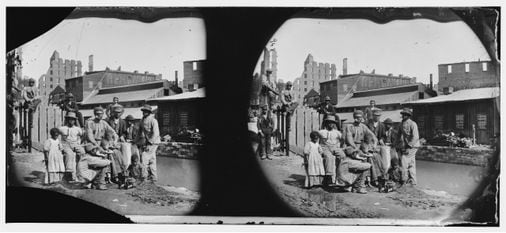

Calling on white Americans: Reparations for slavery are due - The Boston Globe
The legacy of slavery is far from resolved. It persists every day and everywhere.www.bostonglobe.com
Anyone read this one yet?
The article.This article or the book or reparations plan cited in the article?
The article.
Going to read it now myself.
Keep this thread alive with activity. We can only stick it for so long.
HNIC
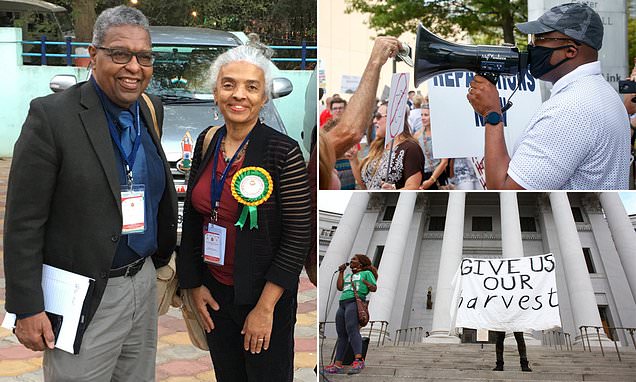
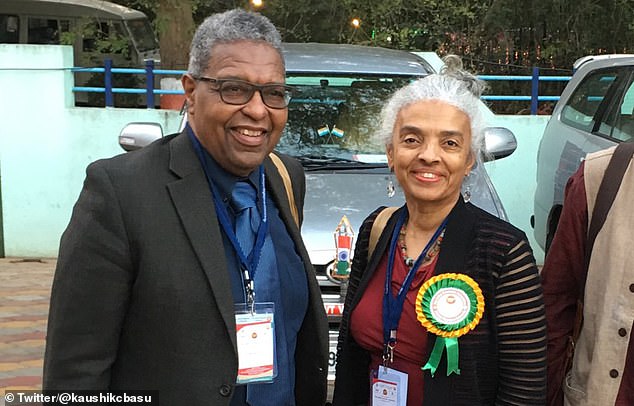
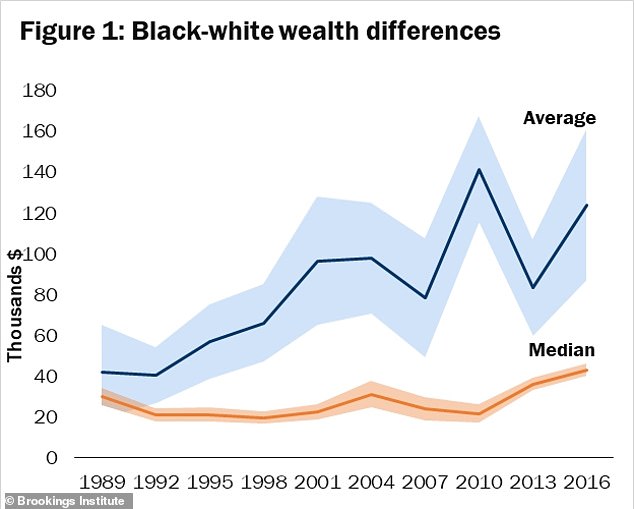

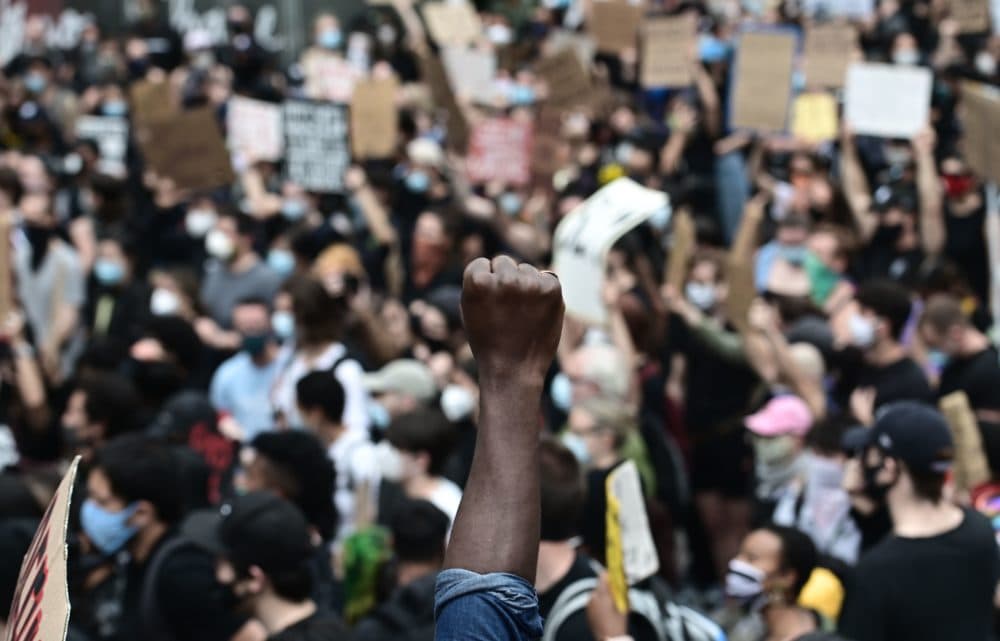
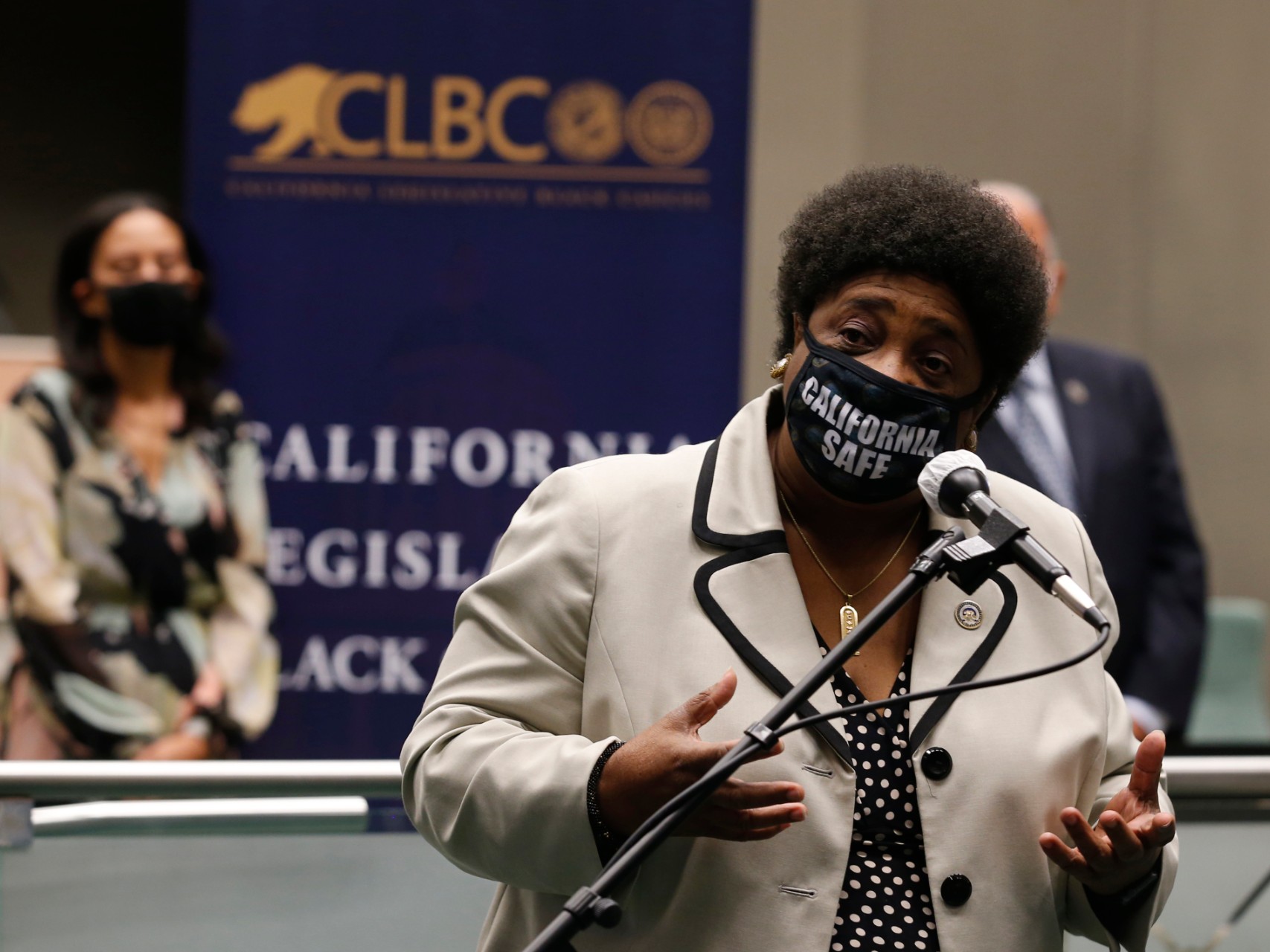


So much win?The Economic State of Black America in 2020
KEY POINTS
- Despite significant economic progress over the past decades, Black Americans experience far worse economic conditions than Whites or the population as a whole.
- Historically, the unemployment rate for Black Americans has been approximately twice the rate for Whites. That is the case today—6.0% for Black workers and 3.1% for Whites.
- The difference in the unemployment rates for Blacks and Whites shrinks for college graduates; however, even in the current strong economy the unemployment rate is 50% higher for Black Americans.
- During the majority of the past 50 years, Black Americans have experienced unemployment rates that, were they experienced by the entire population, would be seen as recessionary.
- Black workers have been disproportionally hurt by the overall decline in union membership and the decreasing power of unions.
- The typical Black households earns a fraction of White households—just 59 cents for every dollar. The gap between Black and White annual household incomes is about $29,000 per year.
- Black Americans are over twice as likely to live in poverty as White Americans.
- Black children are three times as likely to live in poverty as White children.
- The median wealth of Black families ($17,000)—is less than one-tenth that of White families ($171,000).
- The wealth gap between Black and White households increases with education.
- Much less than half (42%) of Black families own their homes, compared to almost three-quarters (73%) of White families.
- High school graduation rates for Black and White Americans have nearly converged.
- The share of Blacks who are college graduates has more than doubled since 1990, from 11% to 25%—but still lags far behind Whites.
- Persistent segregation leads to large disparities in the quality of secondary education, leading to worse economic outcomes.
- The incarceration rate for Black Americans is falling, but is still nearly six times the rate for White Americans.
- Non-Hispanic Black Americans have a life expectancy 3.6 years lower than nonHispanic White Americans.
So much win?Please, tell me how does the community keep the win going? We must duplicate the process that has given the community so much win in the last 50 years.That's the model for win. Duplicate and scale up.
As for reparations, I still wish the argument would be more focused on including Jim Crow. Focusing on slavery gives an easy out for the system. Slavery should not be separated from Jim Crow. And that's not even getting started on the Jim Crow 2 shit ALL these cocksuckers now admit was wrong.
Yeah, I don't have much confidence. Past behavior is the best predictor of future behavior. The democrats got the formula down. Plant black shills in the media and political positions of power and hand out crumbs to the rest of the people.Actually, there is as much of a focus on the post-slavery period, Jim Crow, redlining, de facto and de jure segregation, and restrictions against Black access to capital. But, getting past the buffers and Demobots is proving to be our greatest immediate challenge. Just look at this board.
| Up to 1865 to present | 1865 to present | 1965 to present | ||
| High Evidence – Level 1 | Highest reparation – Level 1A | Next highest reparation – Level 1B | Next highest reparation – Level 1C | Level 1 Pool |
| Average Evidence – Level 2 | Highest reparation – Level 2A | Next highest reparation – Level 2B | Next highest reparation – Level 2C | Level 2t Pool |
| Low Evidence – Level 3 | Highest reparation – Level 3A | Next highest reparation – Level 3B | Next highest reparation – Level 3C | Level 3 Pool |
| Total | Total Pool |

Thanks for the link Bruh...I'm gonna have to come back to this for a thorough reading.A Practical and Constitutional Proposal for Reparations for African-Americans
Benjamin G. Davis
Edited by: Brianna Bell | U. Pittsburgh School of Law, US
Benjamin G. Davis, a professor of law at University of Toledo College of Law in Toledo, Ohio discusses his case for reparations...
Responding to the discussions on Reparations are replete while the appalling reality on the ground is not in doubt, to be of assistance and subject to the wisdom of people who have been working on this far longer than me I put on my Business School hat and put this practical and constitutional proposal together. My bottom line is that it is not as hard as people make it out to be. It is not perfect no doubt but the best is the enemy of the good.
I. What Law? International Law (higher law for those originalists)
One might start from the Draft Articles on Responsibility of States for Internationally Wrongful Acts. While these are state to state rules, they can be analogized from human rights law given that humans have a form of international legal personality and also as a state in its sovereignty is free to invoke these rules against itself in how it has treated and treats its population. Some relevant sections:
The reparations issue actually goes back to 1452-1455 and involved more than the United States and 1619. It starts with the Papal Bulls to Spain and Portugal in the mid-1400’s blessing and calling for the perpetual enslavement of Africans among other depredations. The Papal Bull said: “…Thence also many Guineamen and other negroes, taken by force, and some by barter of unprohibited articles, or by other lawful contract of purchase, have been sent to the said kingdoms…and to reduce their persons to perpetual slavery, and to apply and appropriate to himself and his successors the kingdoms, dukedoms, counties, principalities, dominions, possessions, and goods, and to convert them to his and their use and profit…”
- Article 1. Responsibility of a State for its internationally wrongful acts: Every internationally wrongful act of a State entails the international responsibility of that State
- Article 3. Characterization of an act of a State as internationally wrongful The characterization of an act of a State as internationally wrongful is governed by international law. Such characterization is not affected by the characterization of the same act as lawful by internal law
- Article 12. Existence of a breach of an international obligation There is a breach of an international obligation by a State when an act of that State is not in conformity with what is required of it by that obligation, regardless of its origin or character
- Article 28. Legal consequences of an internationally wrongful act The international responsibility of a State which is entailed by an internationally wrongful act in accordance with the provisions of Part One involves legal consequences as set out in this Part
- Article 31. Reparation
- The responsible State is under an obligation to make full reparation for the injury caused by the internationally wrongful act.
- Injury includes any damage, whether material or moral, caused by the internationally wrongful act of a State.
- Article 32. Irrelevance of internal law The responsible State may not rely on the provisions of its internal law as justification for failure to comply with its obligations under this Part.
- Article 34. Forms of reparation Full reparation for the injury caused by the internationally wrongful act shall take the form of restitution, compensation and satisfaction, either singly or in combination, in accordance with the provisions of this chapter.
- Article 40. Application of this chapter
- This chapter applies to the international responsibility which is entailed by a serious breach by a State of an obligation arising under a peremptory norm of general international law.
- A breach of such an obligation is serious if it involves a gross or systematic failure by the responsible State to fulfill the obligation.
- Period
II. Transatlantic Slave Trade
Each of those Transatlantic Slave Trade ships flew the flag of some state and so one can identify the state whose jurisdiction was over the ship and the destinee state and their state responsibility. The onward transshipment of enslaved people is not captured I do not think, but this is a start of evidence to identify the state actors.
For the United States, one can imagine three distinct periods of slavery and badges of slavery – up to 1865, 1865 to 1965, 1965 to present.
Persons included in the pool of persons would be the obvious descendants of Africans enslaved in the US, but would also include some less obvious such as:
Here is a suggestion of a formulaic key – drawn from examples such as the UN Compensation Committee. The stronger the evidence for the longest period the higher the reparation (Level IA. The weaker the evidence for the shortest period, the smaller the reparation (Level 3C).
- descendants of escaped enslaved people who got to Canada (Afro-Canadians) or Mexico (Afro-Mexicans) or other places
- people of African Descent who emigrated to the United States post-slavery for the badges of slavery part
- people of African Descent who left the United States post-slavery (GI’s who stayed in theater, others who left the United States such as Richard Wright)
- people who died in the Transatlantic Slave Trade (who did not survive the Middle Passage)
- enslaved persons or persons who died post-slavery who did not have descendants are another couple of groups (those who died in slavery or post-slavery with no progeny) whose reparation should be included in the reparation package as maybe an overlay pool that might be used for apology and satisfaction.
For the economics, one could seek the assistance of people like Thomas Piketty (Capital in the 21st Century) who do long longitudinal economic analyses and Joseph Stigitz who critiques Piketty.
Up to 1865 to present 1865 to present 1965 to present High Evidence – Level 1 Highest reparation – Level 1A Next highest reparation – Level 1B Next highest reparation – Level 1C Level 1 Pool Average Evidence – Level 2 Highest reparation – Level 2A Next highest reparation – Level 2B Next highest reparation – Level 2C Level 2t Pool Low Evidence – Level 3 Highest reparation – Level 3A Next highest reparation – Level 3B Next highest reparation – Level 3C Level 3 Pool Total Total Pool
III. The process
Federal Legislation could create the equivalent of the Freedman’s Bureau where applications for reparations would be submitted. Plugin the persons in the various 9 boxes and the overlay to see the pools in which they swim. The lower the evidence the lower the payout. The longer the period of oppression the higher the payout within each category.
Said commission would make the decisions on allocations with a right of appeal to federal court.
One can see such a Reparations Commission can be conceived of and could be done. I defer to those who have done much more work on this than I have done of course.
One issue would be with the form of the reparation: cash or some other kind of assistance with housing, education, whatever.
I note the rule from international law that I described, to wit:
Article 34. Forms of reparation Full reparation for the injury caused by the internationally wrongful act shall take the form of restitution, compensation and satisfaction, either singly or in combination, in accordance with the provisions of this chapter.
So singly or in combination, the appropriate reparation could be determined.
The purpose here is not to get into all the weeds but to propose a simple and elegant structure of how this could be done. As I am retiring on January 31, 2021 and so am a pre-has-been, I hereby for eternity grant a paid-up nonexclusive license for anyone (especially a non-tenured junior professor) to work through the strengths and weaknesses of this approach to reparations which focuses on state responsibility rather than proving individual cases against individual people in private litigation.
Yes, there are details in the weeds and the devil always resides there, and at the margins between the three groups there will be debates etc, but the overall structure of the proposal has some valence for cutting through the rhetoric and finding a practical way of identifying the possible claimants, identifying the possible injury, and identifying the possible remedy.
IV. History and Interest Convergence
It would seem, just like in family law, that the rule to be applied is the totality of the circumstances approach. And, in doing that, we must avoid the kind of second-order games of structuring the rules of such a commission so that the evidence to be brought has to be a certain way and – surprise! – only a few can provide the appropriate evidence. We have seen this before with the Dawes Commission lists of who was a Native-American that systematically excluded blacks with Native-American blood. I am sure there are myriad commissions infected with this kind of sickness.
It has been said that one must acknowledge that the prospects of a white majority voluntarily transferring to marginalized people of color wealth, privilege, and/or power, in the form of reparations or anything else, are quite dim. In this view, the futility of race-based reparations could be seen as an inevitable corollary to Derrick Bell‘s familiar “interest convergence dilemma.” This is at the heart of what some see as an enormous (though some feel rarely acknowledged) tension between critical race theory and the argument for race-based reparations.
The false notion in this view is that the white majority is doing anything. This kind of personalization of the American state with whiteness is of course the problem with this thought process. And we know the American state in the Executive, Legislative, and Judicial branches at the federal and state level have on occasion made counter-majoritarian decisions. In fact, one of the hallmarks of democratic processes as was repeatedly emphasized during the period of the fall of the Soviet Union in the Eastern European states was the need to protect the rights of minorities in those states.
The point I have made is that it is the American state that is doing the reparations for its internationally wrongful acts, not some monolithic white majority.
As to the so-called interest-convergence dilemma and a so-called tension between that and an argument for reparations to African-Americans, I have taken issue with Bell’s view in my own writings for it makes my human rights dependent on the vagaries of some interest-convergence with those who have shown a propensity in various times and places to not recognize my human rights.
One starts from the first principle of one’s human rights and then looks to the structures that have to be changed.
Secondly, I think that this “interest-convergence never happening because white people will never do it” view does a disservice to white people. White people may have privilege but they certainly are not monolithic in their consciousness. I fully expect a significant number of white people to see the merits of reparations. And, of course, white people are not the only persons in this polity and I can certainly see a multiracial, multiethnic, and multicultural coalition that could back such a possibility. My unscientific estimate has been that 60 years ago 90 percent of white people in America despised black people. But, with an enormous amount of effort by all kinds of people, that number has declined. The best measure I heard was that the number had declined to 75 percent of white people despising black people by the time of Harold Washington’s election in Chicago – said to be the most segregated American city of its time. This was an analysis that UN Ambassador Andrew Young did at the time of that first election in 1983. And subsequent to that we have seen Devall Patrick elected Governor of Massachusetts to go from the local to the state level, Tim Scott and others as senators from both the north and south, and of course Barack Obama as President. As Iowans – a very white electorate I should say – chanted when Obama won the Iowa primary “race doesn’t matter.” One might posit that number as somewhere around 40 percent of white people today with it seems a difference between white men (the most privileged white people) and white women (the less privileged white people).
That still means that 2 out of every 5 white people I meet may be carrying animus towards me. But, that is their trip not mine toward them.
History does matter and the schizoid view of on the one hand adulating the Founders and Framers and on the other hand not coming to a reckoning with their slave-ownership has increasingly become untenable. I saw, the morning I wrote this, Lynne Cheney, wife of Dick Cheney no less, talking about this in presenting her new book Lynne V. Cheney: The Virginia Dynasty: Four Presidents and the Creation of the American Nation about Washington, Jefferson, Madison and James Monroe. Maybe the originalist’ academy needs to catch up.
One cannot just talk about their slavery as American’s original sin and try to leave it back there but then try to take us back there to have us wear blinders as to where we think.
Similarly, for the living constitutionalists, one cannot say this is the best way and deal with the fact that as recently as 60 years ago (so in MY lifetime) by my estimate, 90 percent of white Americans despised African-Americans and how all that has permeated every aspect of what the state has done in this country.
And let us not forget that persons who do not share that oppressive view have fought against it in the antebellum period and since (at all times asserting human rights).
V. Hypothetical Situations
Everyone can come up with a series of hypothetical situations which once again confuse in my opinion the level of wealth or accomplishment of someone with whether they should receive reparations from the state. I would say that with the range of remedies I describe above and under a totality of circumstances vision of the evidence to be brought, one person’s remedy might be a formal apology and a payment of nominal damages, and another person’s remedy might be substantial damages. Yes, there is a need to treat similar situations similarly. I get it. But what I am saying is that none of this is insurmountable if the commission I described is tasked with both applying law and equity.
Everyone would have former President Barack Obama on their mind as a principal hypothetical. I hesitate to jump into the Barack Obama hypo because in a sense I get into playing the hypothetical game. But, for the sake of fun, let us play. Barack Obama was born in 1961 so he would have proof that he would fall in the second category of 1865-1965 for a little bit. Post-1965 to the present he would have to bring evidence on behalf of himself and his family about the extent of his injury under the totality of circumstances test. And even in the high status position he was and is in, we watched the injury relentlessly over his 8-year Presidency – but there may be other things. He has to marshall the evidence of his injury and entitlement. The greater the evidence of injury the higher the remedy. Michelle Obama presents a different case because I believe her family goes back much farther in US history. Again the totality of circumstances analysis
And as to evidence, I think also we may underestimate the agency of African-Americans. Similar to the Ancestry.com searches we see, there are family Bibles, genealogical searches like have been done in my family, family reunions with documentation of the history of families, documentation from plantations and on and on that a person seeking such reparation could bring forward as part of their presentation in support of a remedy. I have a copy of the bill of sale from 1800 of my ancestor Barbary for example.
Some might not spend the time and energy to seek such relief. That is fine. Some may not have more than their birth certificate saying that they were born at x date and thus fall into two of the categories. But they may have oral testimony of what happened in their life (a la Truth and Reconciliation Commission) that can be given under oath to assist such a commission in its evaluation.
VI. Public Opinion and Funding
As to polls that may be against this idea, I go back again to the point I noted above that attitudes change. The attitude of the black community changed to Barack Obama from before he won Iowa to when he won the Iowa primary seeing white voters showing a willingness to vote for an African-American man. And we are seeing now with Kamala Harris as a Vice-President-elect that an African-Indian-American can also be elected.
Paraphrasing what Sojourner Truth said to Frederick Douglass in his moment of despair in his speech at Faneuil Hall in Boston speech, if God is alive, then there is always hope.
And for those who say “how will this be funded?” – that is for the bean counters (accountants) and one-armed economists (on the one hand, on the other hand) to come up with the numbers that are fair first and then for that debate on funding to be done. I am sure they are quite capable of thinking this through with their supercomputers that are able to crunch vast amounts of data in the blink of an eye. I suspect that there are some who have already taken a stab at this. The one’s I am aware of that I would think might be helpful are Thomas Piketty because of his longitudinal approach over centuries and Joseph Stiglitz who is a critic of Piketty. Somewhere in there they might be able to come to a consensus.
Again, where there is a will there is a way.
Benjamin G. Davis is a Professor of Law at the University of Toledo College of Law.

A Practical and Constitutional Proposal for Reparations for African-Americans
Responding to the discussions on Reparations are replete while the appalling reality on the ground is not in doubt, to be of assistance and subject to the wisdom of people who have been working on thi...www.jurist.org
5. “Is it true that the first blacks elected to the House of Representatives and the Senate
were Republican Reparationists, and how did President Lincoln’s successor Andrew
Johnson (a Democrat) undermine their politics?”
• During a period of great abolitionist activism, the two main political parties were
the Democrats, primarily southerners, and the Whigs, mostly northerners. The
Democrats split into Northern and Southern factions. A newly constituted anti-
slavery Republican Party replaced the Whigs party and selected Abraham Lincoln
as its presidential candidate (FHTE, paragraph 6, p. 147).
After the war, the Reconstruction era witnessed the first black Senators elected to
serve in the upper house of Congress. They were Senator Hiram Revels in 1870-
71, and Senator Balance K. Bruce (1875-1881), the latter born a slave in Prince
Edwards County, Virginia. Both men were Republicans representing the state of
Mississippi (FHTE, paragraph 3, p. 227). Revels served during the Reconstruction
Era and was a minister of the AME Church and a college administrator. He was
born free in North Carolina and later lived and worked in Ohio, where he could
vote before the Civil War. Following Bruce’s term, Mississippi adopted a new
constitution that essentially denied the black residents' vote (FHTE, paragraph 3, p.
227). Revels and Bruce were the only black Senators elected and seated until
Edward Brooke’s (Mass-R) general election victory in 1967 (FHTE, p. 379, Note
#33).
President Lincoln’s successor, Democrat Andrew Johnson (1865-69), publicly
espoused anti-slavery rhetoric but held a secret disdain for black Americans
(FHTE, paragraph 1, p.161). He also avoided being harsh toward punishing ex-
Confederate leaders, which served to shape his less than enthusiastic approach to
Reconstruction and establishing black rights for the Freedmen (FHTE, paragraph
6;2, pp. 161-162.). Johnson was impeached by the House of Representatives,
February 24, 1868. However, he was later tried and acquitted by the Senate in
May of that year. White violence led by Southern Democrats and the intimidation
of the black electorate increased throughout the South. By 1952, black voter
registration in the south dropped dramatically, in Mississippi to fewer than 6
percent of eligible black voters.


 and you all know this...
and you all know this...I agree...there is no relevance in this day and age. I don't know if it's just to continue on with the historical backdrop or what?number 5 is pointless to the overall push for reparations. And its curious as to why it needed to be added since democrats and republicans today are not like the parties of that time.

and you all know this...
what party black people were elected into office in 18whatever has little if any relevance to why reparations is necessary. There is a strong resentment of the democratic party among ADOS organization people that syncs up with talking points the GOP uses with blacks against the dems today.I agree...there is no relevance in this day and age. I don't know if it's just to continue on with the historical backdrop or what?
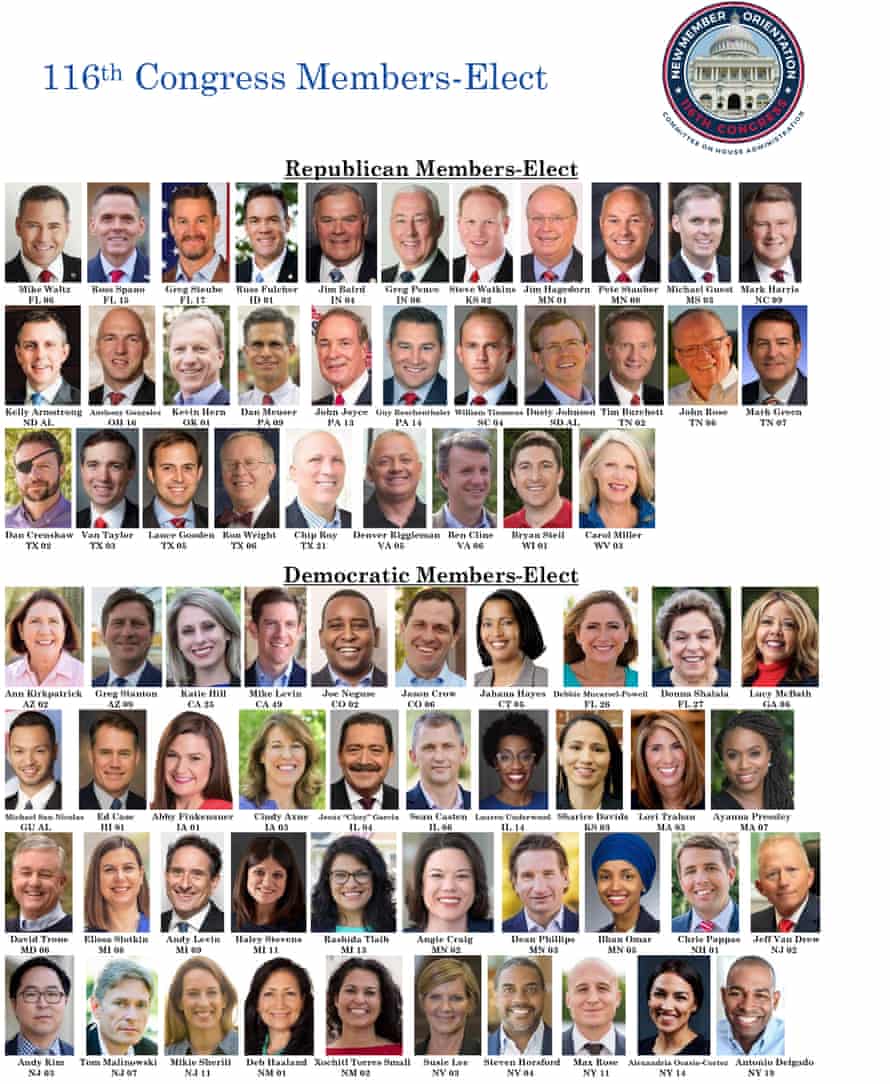
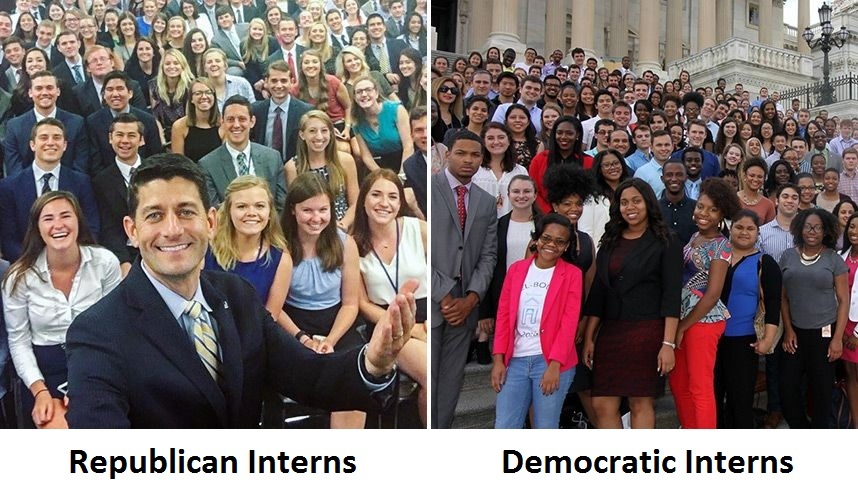
number 5 is pointless to the overall push for reparations. And its curious as to why it needed to be added since democrats and republicans today are not like the parties of that time.

and you all know this...


